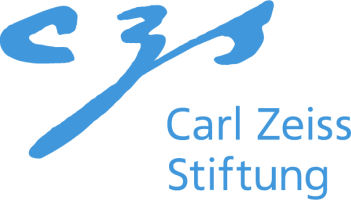Multimodal optical catheter in cardiology
Myocarditis is an inflammatory disease of the heart muscle with multiple infectious and non-infectious causes. The gold standard for diagnosing myocarditis is endomyocardial biopsy, which is associated with many complications and low sensitivity.
In the project, a multimodal imaging catheter is being developed for marker-free and non-destructive diagnosis of structural morphological changes in the myocardium, including myocarditis, in order to reduce biopsies and define the sampling site more specifically. In our own preliminary work, it was shown that optical and spectroscopic methods can be used in vivo in the heart to visualise structural components of the heart even in full perfusion. This opens up new, previously unrealisable possibilities in cardiological diagnostics.
The emerging multimodal probe-based platform will combine optical and spectroscopic techniques, i.e. optical coherence tomography, UV-excited autofluorescence and near-infrared spectroscopy, for improved diagnosis of myocarditis. To enable the clinical use of optical imaging in intracardiac diagnostics, technological challenges such as acquisition speed, probe size, manoeuvrability and, above all, multimodality must be solved and research questions, such as the possibility of identifying the infiltration of immune cells in vivo in the myocardium through dedicated multimodal endoscopic imaging, must be answered.
The development of the multimodal imaging catheter will reduce the diagnostic burden for myocarditis and possibly other myocardiopathies and increase the frequency of accurate diagnoses. In addition, the use of the catheter will allow monitoring of therapy without the need to collect samples. In the future, physicians will be able to use the technology for more targeted therapy and to more easily comply with the recommendation of the European Society of Cardiology regarding the diagnosis of the cause and degree of myocarditis.
To achieve the scientific and technical project goals, the OptoCarDi team cooperates with excellent partners from industry and science. The innovation process is accompanied by the project advisory board as well as transfer and industry experts. The goal is to transfer the laboratory prototype to be developed in this project to preclinical testing and to qualify the technology for use on patients (TRL 5).
About the Carl Zeiss Foundation
The Carl Zeiss Foundation has set itself the goal of creating scope for scientific breakthroughs. As a partner of excellent science, it supports both basic research and application-oriented research and teaching in the MINT disciplines (mathematics, information technology, natural sciences and technology). Founded in 1889 by the physicist and mathematician Ernst Abbe, the Carl Zeiss Foundation is one of the oldest and largest private science-funding foundations in Germany. It is the sole owner of Carl Zeiss AG and SCHOTT AG. Its projects are financed from the dividend distributions of the two foundation companies.
